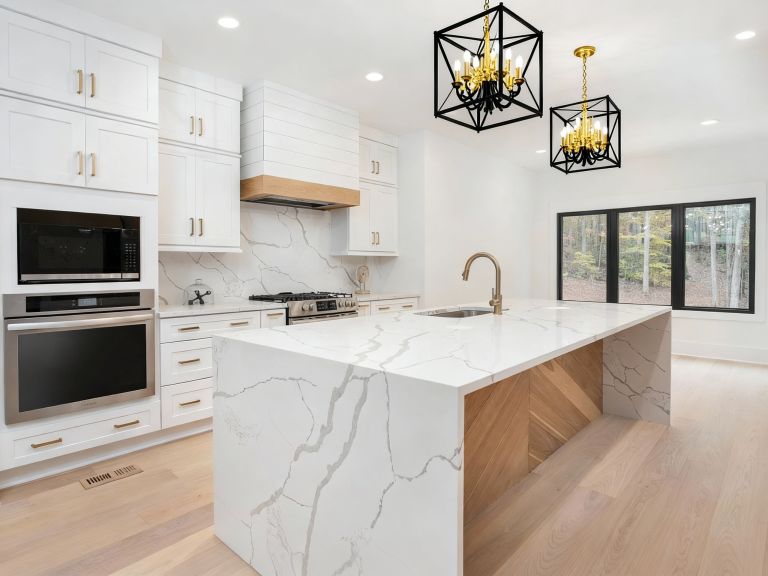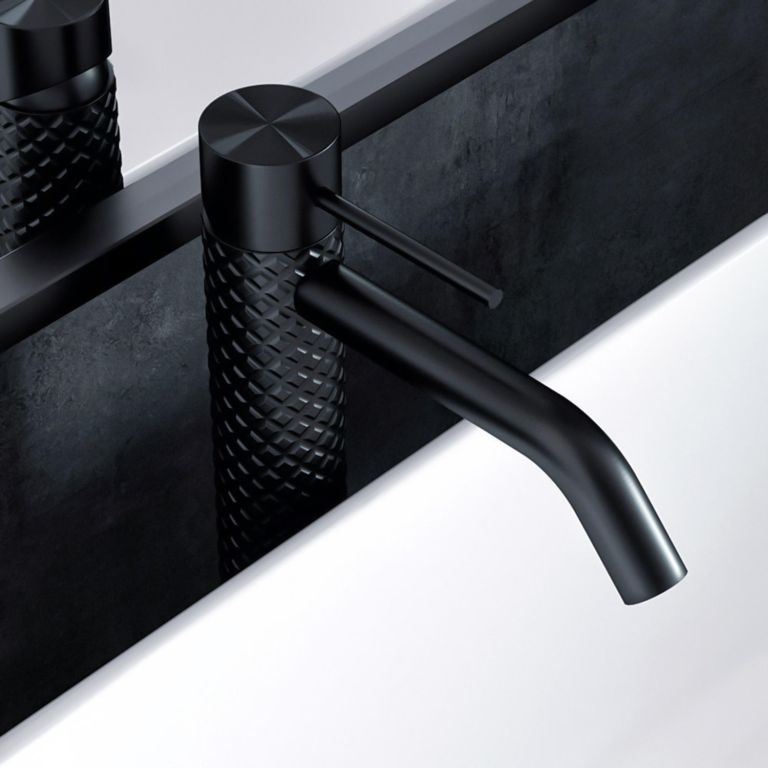Cabinetry is more than just storage; it’s a central element of home design that combines functionality with aesthetics. In the world of cabinetry, two primary styles dominate: frameless and framed. This article delves into these two styles, helping homeowners make an informed decision about which is best suited for their homes.
Understanding Frameless Cabinetry
Frameless cabinetry, often referred to as “European-style,” offers a modern aesthetic characterized by its minimalistic design. Unlike traditional framed cabinets, frameless cabinetry does not have a face frame. This style emerged in Europe post-World War II, as part of the modernist movement in design and architecture, and gained popularity for its sleek and contemporary look.
The aesthetics of frameless cabinetry are defined by clean lines and a seamless appearance. The absence of a frame allows for unobstructed access to the cabinet interior, offering more storage space and a more streamlined look. This style is particularly popular in modern and contemporary kitchens, where the emphasis is on simplicity and efficiency.
Understanding Framed Cabinetry
Framed cabinetry, on the other hand, is the traditional American style. It features a frame at the front of the cabinet box, creating a “frame” where doors and drawers are attached. This style has a classic and timeless appeal, fitting well in traditional, rustic, or country-style homes.
The visual difference between frameless and framed cabinetry lies in the detail. Framed cabinets often have more decorative features and allow for a variety of door styles, including inset, partial, or full overlay. This variability makes them a versatile choice for homeowners looking to add a touch of classic elegance to their space.
Comparative Analysis
When comparing frameless and framed cabinetry, several key aspects stand out:
- Space and Storage: Frameless cabinets offer more storage space due to the absence of a central frame. This can be particularly beneficial in smaller kitchens where maximizing space is crucial.
- Durability and Construction: Both types can be equally durable, depending on the quality of materials and construction. However, frameless cabinets often require thicker box construction to ensure stability.
- Style and Aesthetics: While frameless cabinets lend themselves to a modern look, framed cabinets are more traditional and can offer a wider range of decorative options.
- Customization and Flexibility: Framed cabinets typically provide more flexibility in design, with various door mounting options and decorative elements.
Pros and Cons
Each cabinetry style has its advantages and drawbacks:
- Advantages of Frameless Cabinetry:
- Contemporary design.
- More internal space.
- Easier access to contents.
- Disadvantages of Frameless Cabinetry:
- Can be more expensive.
- Requires precise installation.
- Limited to modern aesthetics.
- Advantages of Framed Cabinetry:
- Traditional, timeless appeal.
- Strong and sturdy construction.
- Wide range of design options.
- Disadvantages of Framed Cabinetry:
- Slightly reduced interior space.
- More intricate installation process.
- Can appear bulky in smaller spaces.
Considerations for Choosing
Choosing between frameless and framed cabinetry depends on several factors:
- Space: Frameless cabinets are ideal for maximizing storage in smaller kitchens.
- Budget: Consider the cost differences and how they fit into your overall kitchen remodeling budget.
- Design Preference: Your aesthetic preference plays a crucial role. Opt for the style that aligns with your home’s overall design theme.
- Home Value and Appeal: Think about how your choice will affect your home’s resale value. Frameless cabinets might be more appealing in modern homes, while framed cabinets could enhance a traditional home’s appeal.
- Maintenance and Longevity: Both styles require different maintenance considerations. It’s essential to think about the long-term care of your cabinetry.
Expert Opinions and Case Studies
Experts in interior design often emphasize the importance of cabinetry in setting the tone of a kitchen. For inspiration, homeowners can look at various case studies and portfolios, such as those available on Greenberg Design, which showcase a range of cabinetry styles and installations in different home settings.
Conclusion
In summary, both frameless and framed cabinetry have unique benefits and can significantly impact the look and functionality of your kitchen. Whether you prefer the sleek, modern look of frameless cabinets or the classic, traditional appeal of framed cabinets, the key is to choose a style that complements your home and meets your specific needs.
For those interested in exploring more about cabinetry styles or seeking professional advice, consulting with design experts can provide valuable insights. Websites like Greenberg Design offer a wealth of information and examples to help guide your decision






